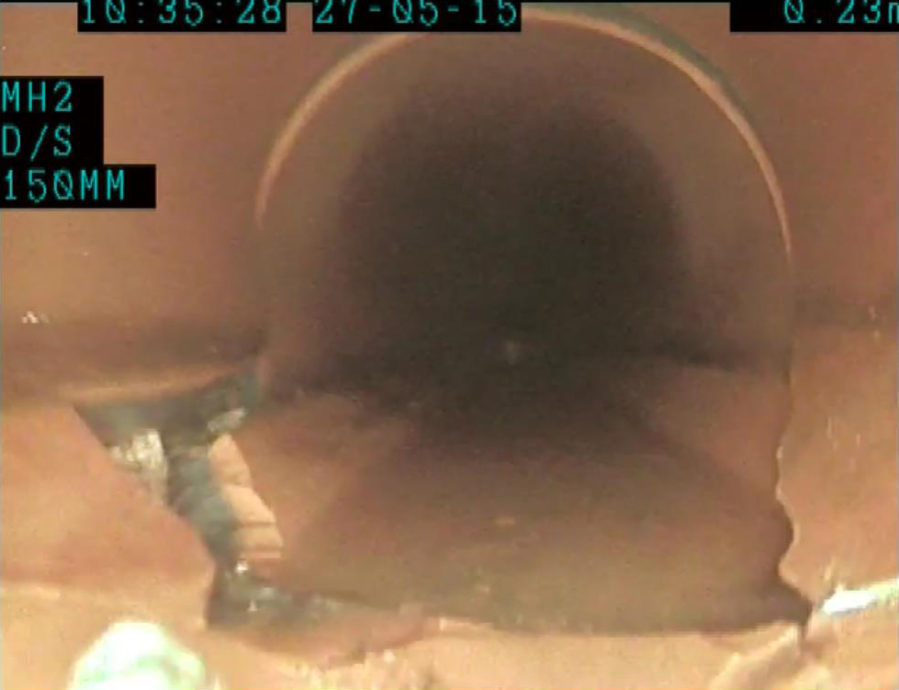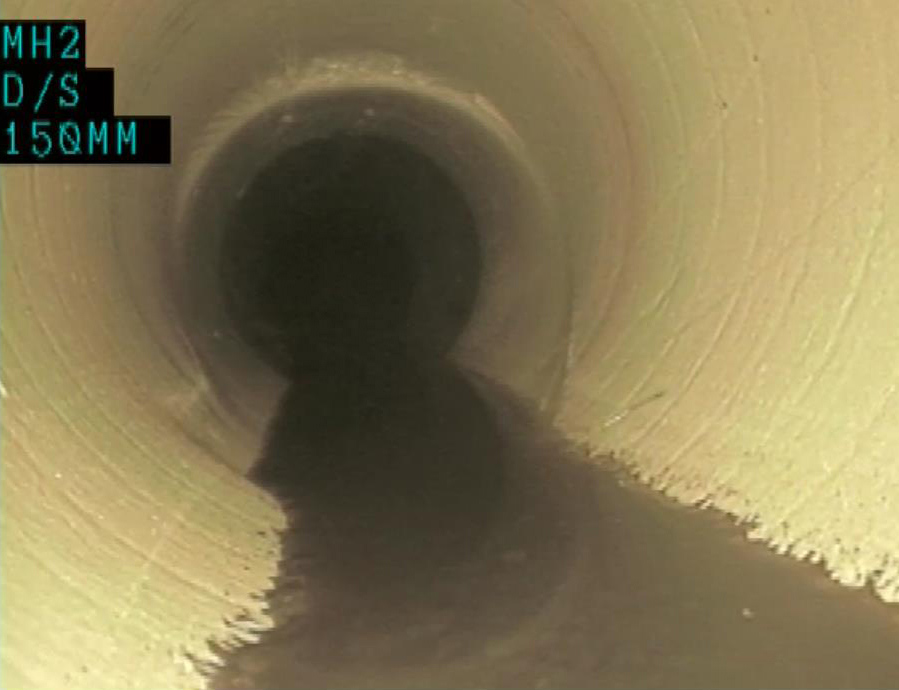When drains or sewers become damaged, the traditional approach was to dig up the ground and replace the broken sections of pipe. However, there’s an alternative which is Pipe lining. Today, modern technology allows us to repair drains without excavation . Also called “no-dig” repair, pipe lining creates a new pipe inside the old one, restoring strength and flow without the need for disruptive digging.
In this guide, we’ll explain what pipe lining is, how it works, and then look at the different techniques such as CIPP lining, UV lining, and patch repairs.
So what is it?
Pipe lining is a trenchless drain repair method that involves inserting a liner into a damaged pipe and bonding it to the pipe wall, effectively forming a new pipe within the existing one.
The process usually works in four steps:
- Cleaning and preparing the existing pipe (often with high-pressure jetting).
- Inserting a flexible liner coated with resin.
- Inflating the liner so it moulds to the pipe wall.
- Allowing the resin to cure (harden) and form a solid new pipe.
As a result, the drain ends up with a smooth, watertight, and durable lining that restores structural integrity and flow capacity.
CIPP (Cured-In-Place Pipe) Lining
The most common form of pipe lining is CIPP lining.
How it works: Engineers soak a felt or fibreglass liner with resin and either pull or invert it into the pipe. Next, they use air or water pressure to inflate the liner so it presses firmly against the pipe wall. Once in position, the resin cures and hardens, creating a tough, jointless lining.
Localised patch repairs: For small areas of damage, engineers install a shorter section of liner (often called a patch repair) using the same technique. This approach is particularly cost-effective and ideal for isolated cracks or root ingress.
Applications: Contractors apply CIPP in domestic, commercial, and industrial drainage systems. Moreover, the method works effectively in clay, concrete, plastic, or cast-iron pipes.
UV Pipe Lining
UV lining is an advanced variation of CIPP. Instead of relying on heat or ambient conditions, engineers cure the resin with ultraviolet light.
How it works: Engineers pull a glass-fibre liner, pre-soaked with special resin, into position inside the pipe. After that, they pass a UV light train through the liner, which cures the resin quickly and evenly.
Advantages include:
- Firstly, faster curing times — often just minutes per metre.
- Secondly, extremely strong, durable results.
- Finally, suitability for larger diameter pipes or critical infrastructure.
Applications: Contractors use UV lining on large sewer pipes, highways, and water authority networks where downtime must stay to a minimum.
Benefits of Pipe Lining
Pipe lining offers several advantages over traditional excavation. For example:
- ✅ No digging required – repairs are carried out via manholes or access chambers.
- ✅ Minimal disruption – no need to break up driveways, gardens, or roads.
- ✅ Cost-effective – avoids expensive reinstatement works.
- ✅ Fast installation – many repairs can be completed in a single day.
- ✅ Durable – liners can last 50+ years when installed correctly.
- ✅ Environmentally friendly – reduces waste and carbon footprint compared to excavation.
Therefore, pipe lining is often the preferred choice for both homeowners and businesses.
Applications of Pipe Lining
Pipe lining is suitable for a wide range of drainage issues, including:
- Cracked or fractured pipes
- Leaking joints
- Root intrusion
- Corrosion in metal pipes
- Structural weakness in old clay sewers
- Misaligned or displaced joints
Whether it’s a localised patch repair on a small section of drain in Newport, or a full UV lining installation for a large pipe in Cardiff, the technology adapts to different environments and pipe sizes.
Localised Patch Repairs
Not every drain needs a full lining. In many cases, patch repairs allow engineers to target specific problem areas without lining the entire pipe.
- A short liner (often 600mm – 1m) is impregnated with resin and positioned directly over the defect.
- An inflatable packer holds the liner in place while it cures.
- Once hardened, the patch creates a strong, watertight seal.
As a result, patch repairs are quick, cost-effective, and ideal for isolated issues such as root damage or cracks.


Why Choose No-Dig?
For homeowners and businesses in Newport, Cardiff, and Monmouthshire, the key benefit is lack of disruption. Digging up drains can mean removing patios, driveways, or even closing roads. With this method repairs are carried out below ground without disturbing the surface.
This makes it the preferred choice for:
- Residential gardens and driveways
- Busy commercial sites
- Roads, footpaths, and highways
- Historic buildings where excavation isn’t practical
Professional Pipe Lining in South East Wales
At Drainrod Ltd, we’ve been repairing drains across Newport, Cardiff, and Monmouthshire since 1977. Our experienced engineers are fully trained in:
- CIPP for full-length repairs
- Localised patch repairs for small defects
- UV lining for rapid curing on larger projects
We provide a no-dig solution that’s fast, durable, and cost-effective – keeping disruption to an absolute minimum.
👉 Pipe Lining Services
👉 CCTV Drain Surveys
Final Thoughts
Pipe lining is a modern, no-dig repair method that eliminates the need for disruptive excavation. Whether you need a patch repair for a cracked section or a full CIPP or UV lining for larger drains, the benefits are clear: durability, cost savings, and minimal disruption.
For reliable service in Newport, Cardiff, and Monmouthshire, contact Drainrod Ltd today for a professional solution and a quote.

